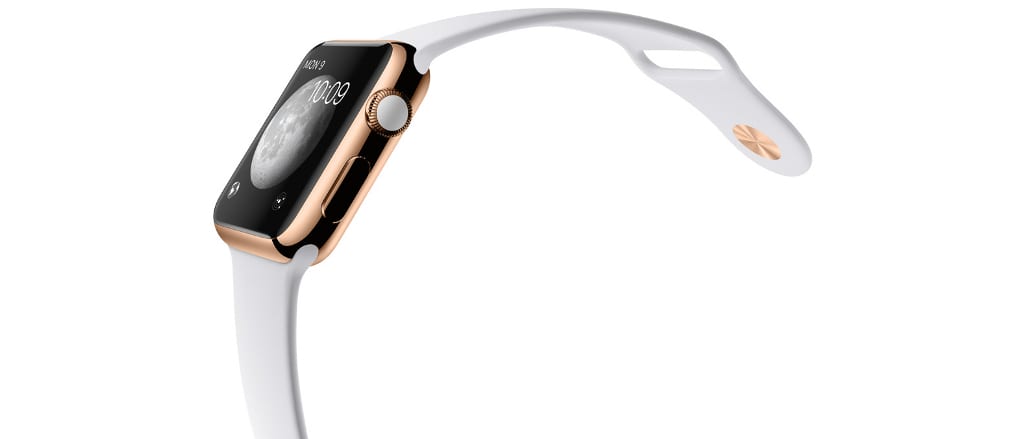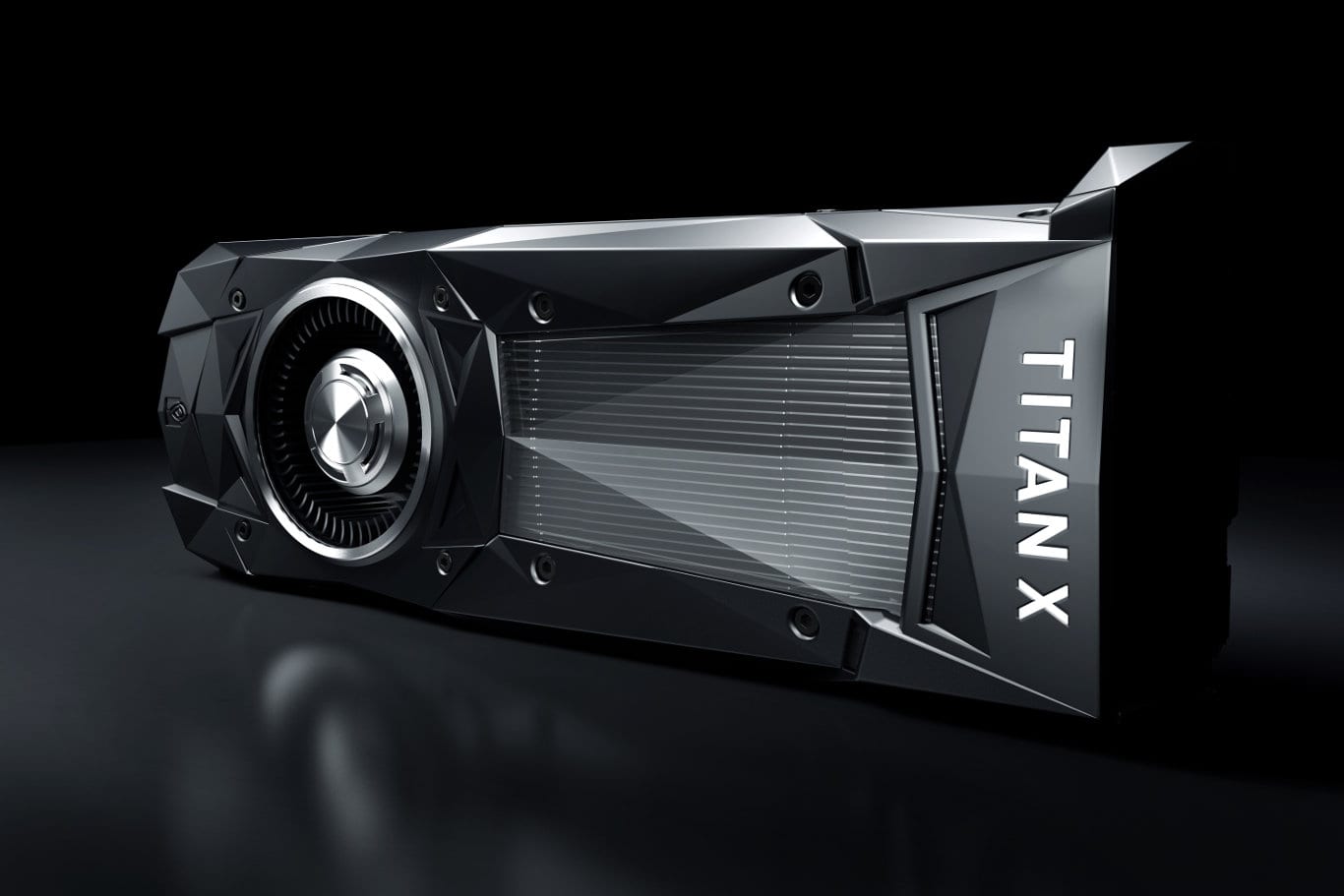There are many tools on the market for soldering, and they vary quite a bit in size and in their mode of operation. Two common examples are soldering irons vs soldering guns. As is the case with any tool, suitability is determined by application.
A soldering iron is a thin pointy device that has a form factor resembling that of a pen. It generates heat to melt the solder on a circuit board.
Soldering Irons Vs Soldering Guns: Which is best for your project?
A soldering iron is built to solder PCB electronics and similar devices that use tin/lead mixtures to establish electrical connections. Soldering irons are most suitable for small PCB electronics such as transistors, resistors, and voltage regulators. However, a soldering iron may struggle if used on large electrical terminals or extremely thick wires.
A soldering gun is not suitable for small PCB electronics, as it has a large, thick tip that is may short terminals together. The average soldering gun is a much higher wattage than an average soldering iron. Soldering guns are usually over 100 Watts (sometimes over 200 Watts), while soldering irons are typically 20 to 60 Watts.
Soldering guns usually heat up very quickly (if they have inductive heating elements like many do), and can be used to solder immensely thick wires together with ease. That combination of speed and ease of use is helpful if you are in an awkward position and don’t want to have to hold down an iron for a long time (or struggle).
The heating element in a soldering iron is likely the reason it is so much cheaper than a soldering gun. However, you get what you pay for and they aren’t really interchangeable (with a few exceptions). You need enough heat for heavy gauge wires, and you need something small enough to solder small electronics. Buy both!






